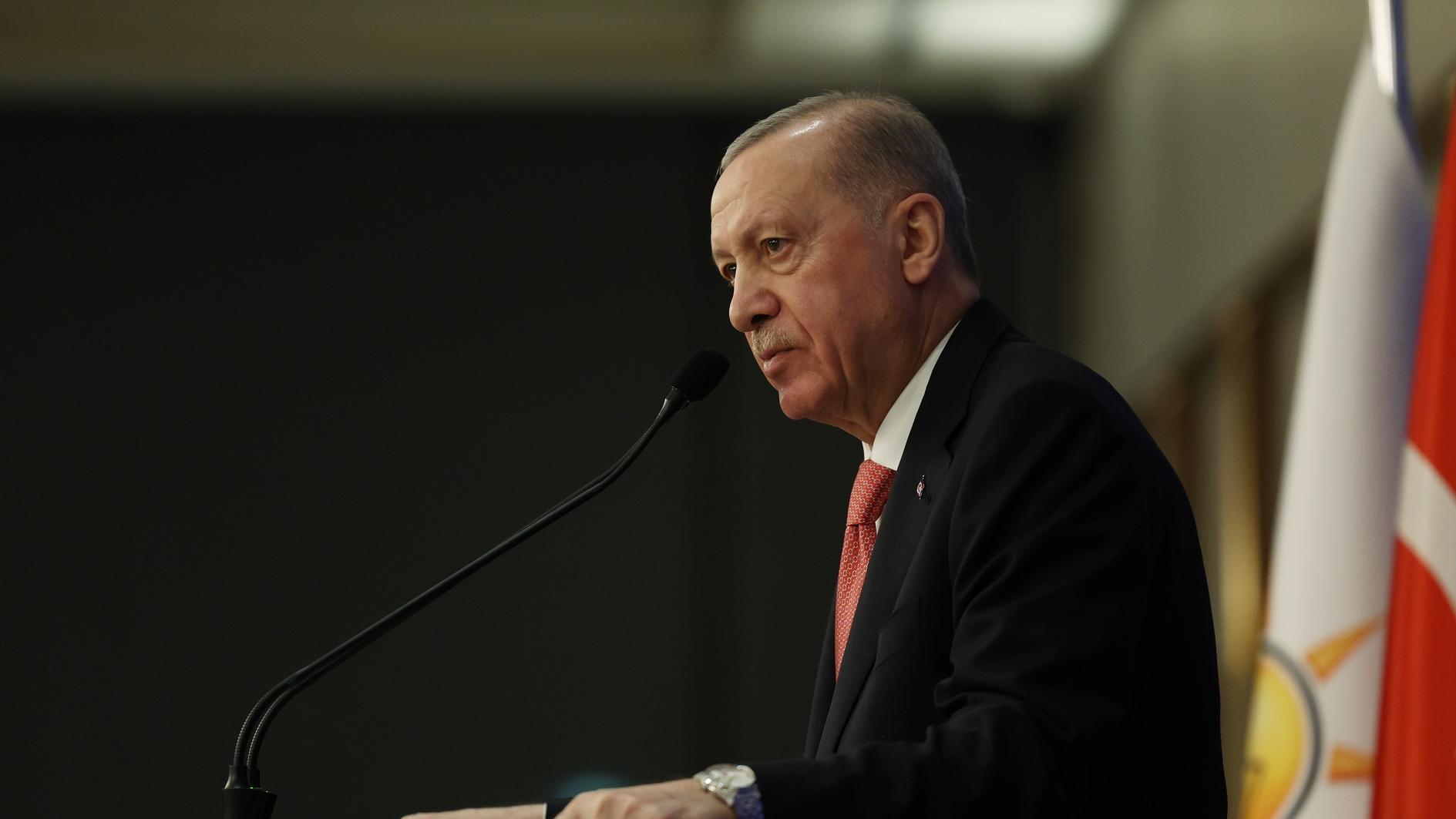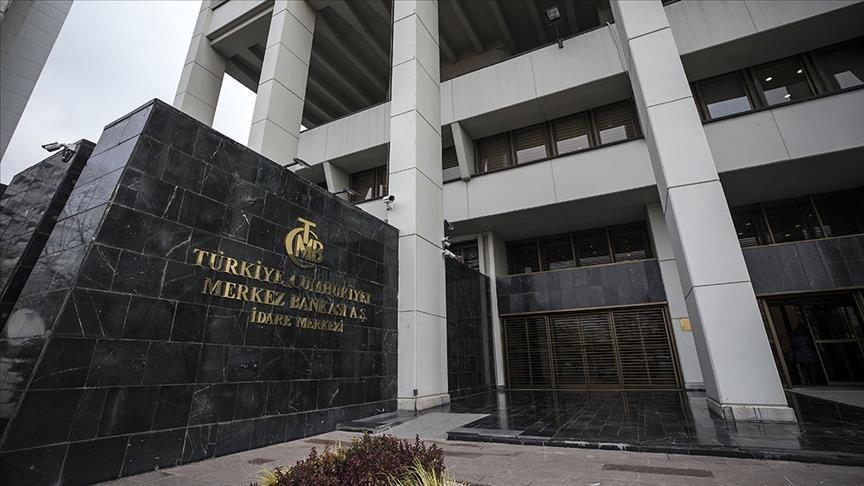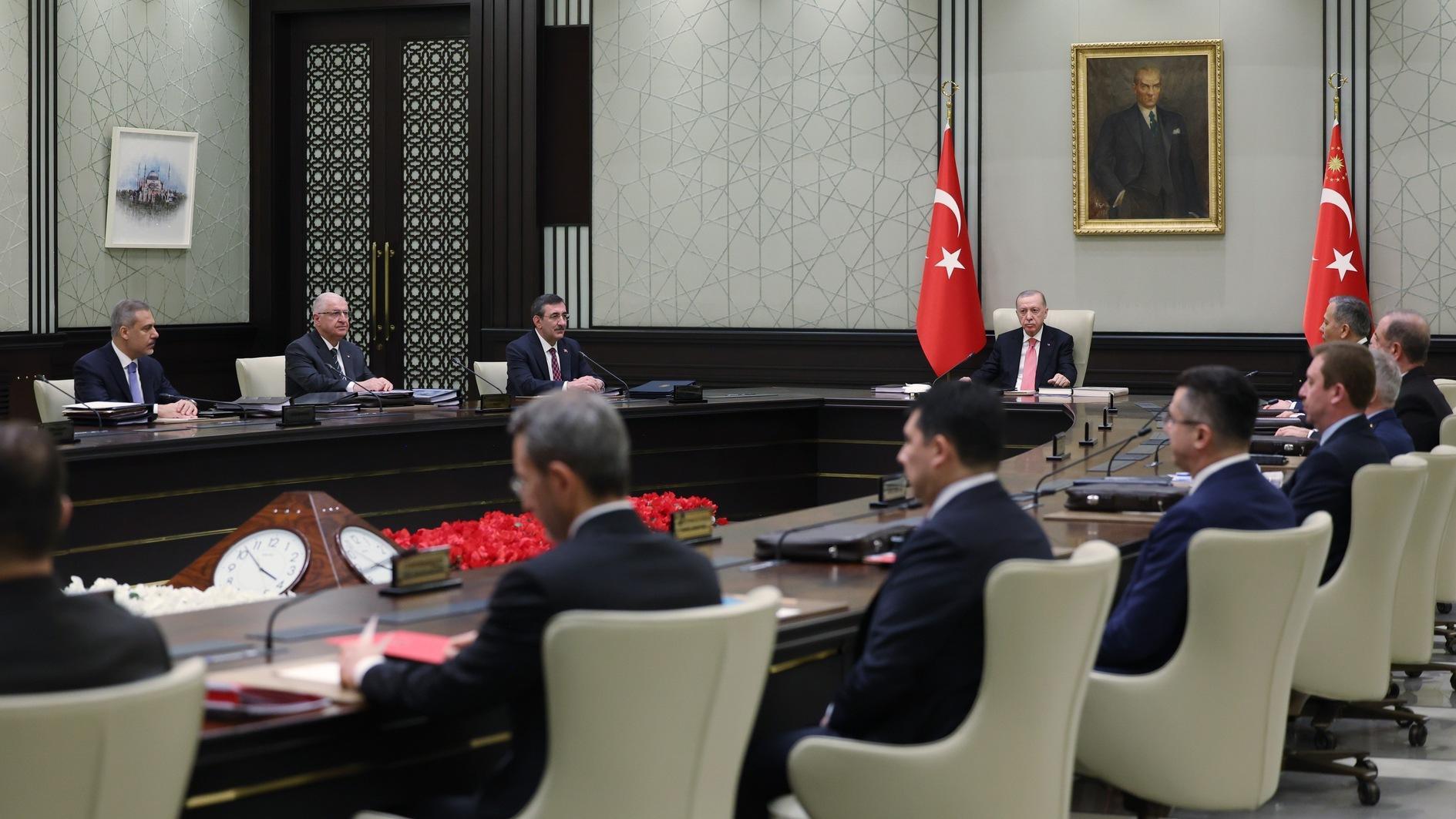Quest for a multipolar world order
Russia hosted two important gatherings, the Shanghai Cooperation Organization (SCO) and BRICS (the five emerging economies of Brazil, Russia, India, China and South Africa) summits on July 8-10, 2015, in the Russian city of Ufa, as the simultaneous holder of the rotating chairmanships of both institutions. The timing of the two summits were particularly significant for Russian President Vladimir Putin, who wished to demonstrate to the Western world that, despite their economic and political sanctions, Russia has not been isolated and could generate enough of a following to spearhead the two specifically non-Western entities.
The two institutions differ in character and interests, and their members vary, but one thing is certain: they offer alternatives to the Western-moored international system. The announcements after the BRICS summit were especially interesting. It was the seventh annual summit of the BRICS countries, which represent 40 percent of the world’s population and one-fifth of the world’s economy. At the end, the leaders announced their support for the creation of a new BRICS Development Bank, for a Contingency Reserve Arrangement, which will have a $100 billion reserve to keep BRICS members economies stable and encouraging the use of national currencies among member countries. Although these initiatives are still in their infancy, they definitely have the potential to challenge the Western-led global financial and economic systems, especially if they can link up with other individually or jointly developed initiatives of BRICS countries, such as New Silk Road Project, the newly established Asian Infrastructure Investment Bank, or the Eurasian Economic Union.
In the meantime, the decision to enlarge the SCO, which was created in 1996 between China, Russia, Kazakhstan, Kyrgyzstan and Tajikistan as the Shanghai Five and then renamed the SCO with the inclusion of Uzbekistan in 2001, for the first time in July 2015 to include India and Pakistan could be interpreted as another sign of a counter-balancing the West in general and the U.S. in particular. While the membership applications of India and Pakistan, which currently have observer status, were rejected in 2011 because of the tension between them, the decision to accept them this time was announced even before the summit, indicating the urgency the members feel about their positioning in global affairs.
At the same time, the application of Iran was rejected until it reaches an agreement with the P5+1 countries on its nuclear program. While Belarus’ status was raised from a “dialogue partner” to an “observer,” Azerbaijan, Armenia, Cambodia and Nepal became “dialogue partners.” With its new members and partners, the SCO will represent nearly half of the world’s population.
The existence of both BRICS and the SCO as challengers to U.S. dominance in international politics are being discussed widely. Yet, varying interests and divergent priorities of member states, as well as the lack of a cooperative culture among them, clearly limit their ability to balance the U.S. Nevertheless, the rupture between Russia and the West following the Russian annexation of Crimea, and China’s territorial disputes with several countries and competition with the U.S. in the Asia-Pacific region, seem to affect the priorities of both countries towards counter-hegemonic choices.
Thus the recent summits were chances for Russia and China to show their determination and ability to take leading roles in international politics. The results and announcements clearly show that both countries are intent on, if not yet on their way to, building a multipolar world order. Let us see what will come out of these initiatives.











